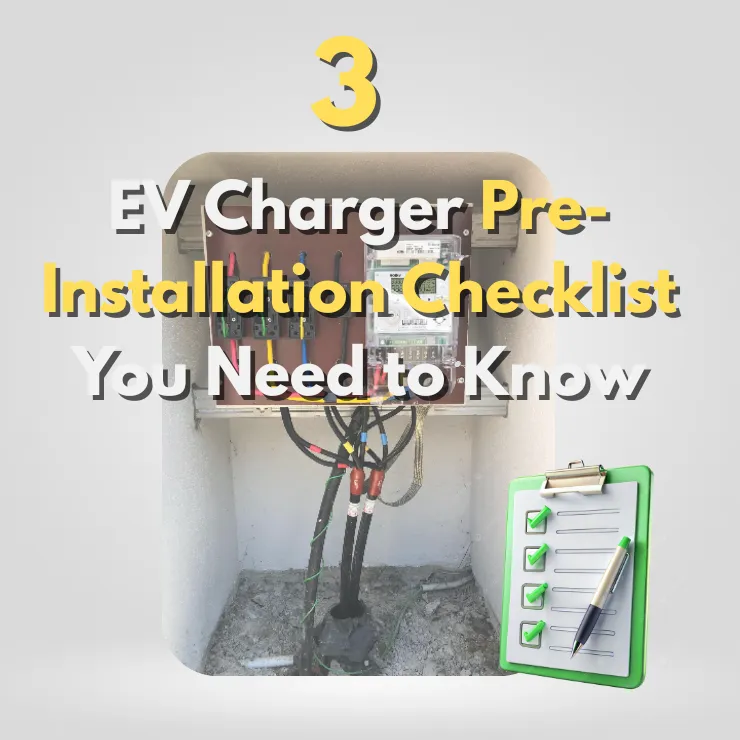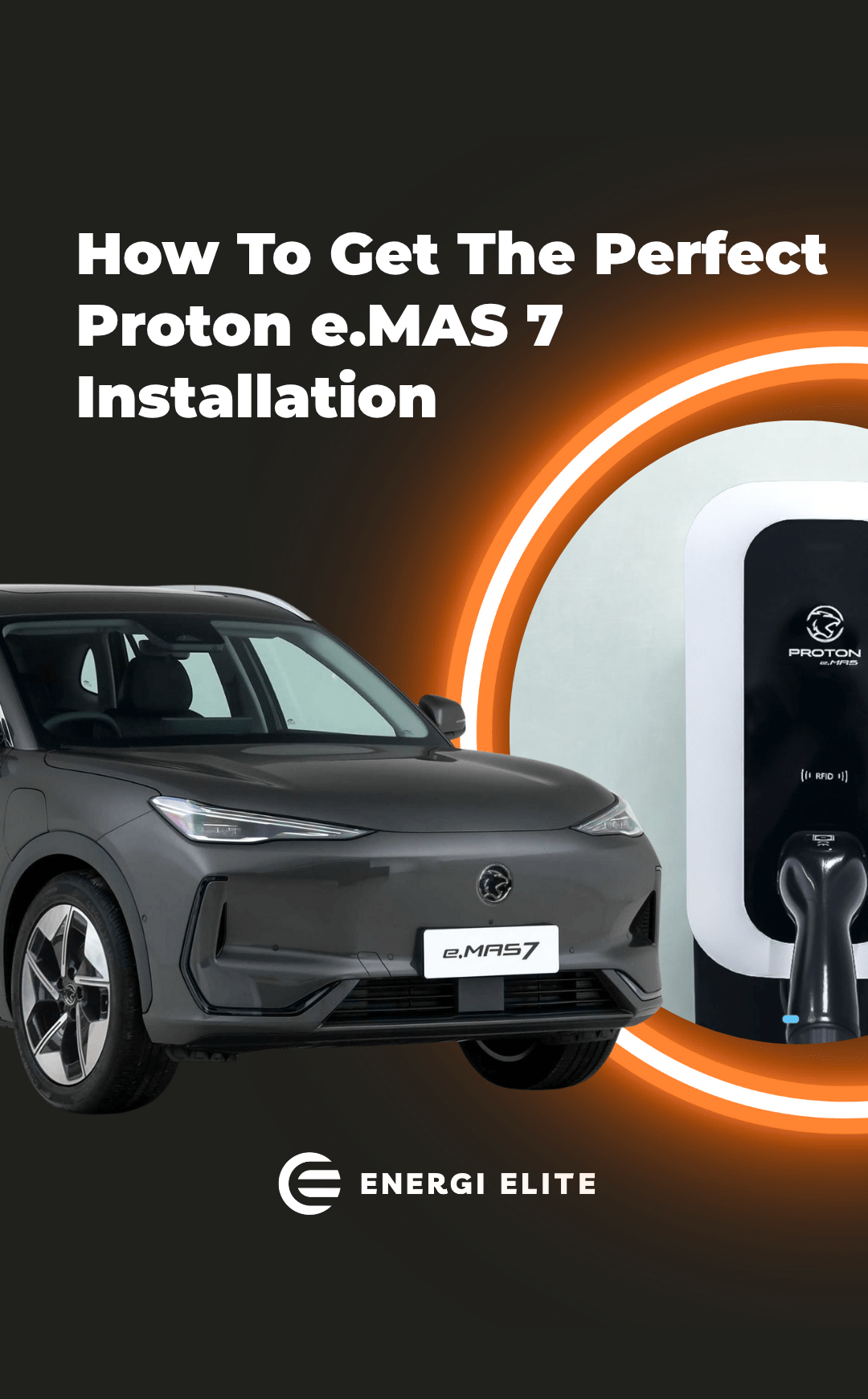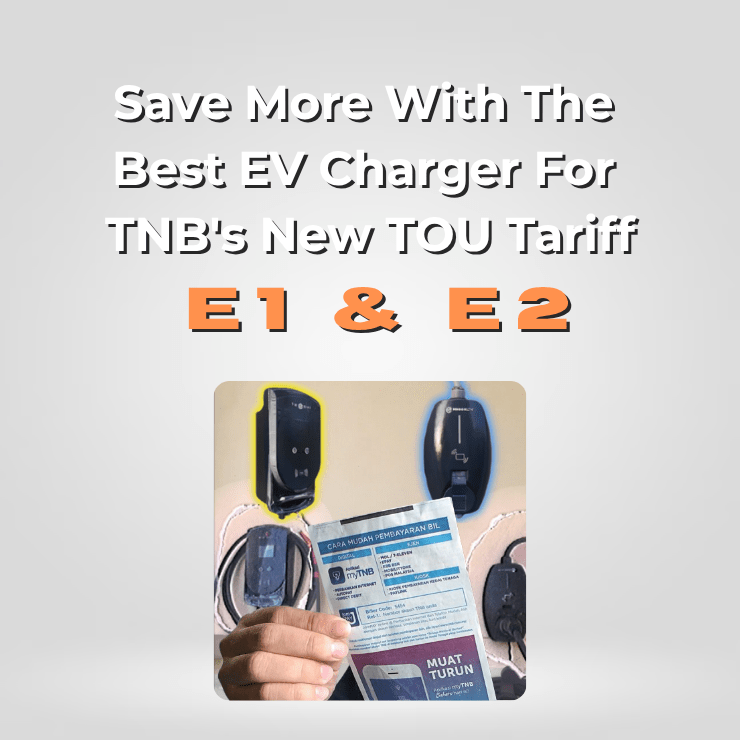3 EV Charger Pre-installation Checklist You Need to Know

As new EV owners, excitement often surrounds the installation of an EV charger. However, before the installation is carried out, several important factors should be verified. To ensure a smooth setup, an EV Charger Pre-installation checklist should be reviewed. Below are three key items that must be assessed before the EV charger is installed.
Key Items on the EV Charger Pre-Installation Checklist
Before any installation work is performed for the selected EV charger, a customer’s electrical system should be thoroughly assessed by a qualified installer. This step is considered essential to help prevent potential issues during future charging sessions with the newly installed unit. As part of the process, the following three items are included in the EV Charger Pre-installation checklist:
- Balanced Load
- Grounding
- Nominal Voltage
Balanced Load

To illustrate, imagine a household equipped with a three-phase electrical system. In this scenario, the phases are not properly balanced, resulting in a single load (L1) being used for both heavy-current appliances and the newly installed EV charger, while the remaining phases (L2 and L3) remain underutilised. As part of the EV Charger Pre-installation checklist, this type of imbalance should be identified and addressed, as the resulting strain on the neutral conductor could lead to:
- Damage to the Insulation
- Overheating
- Voltage Instability
EV Charger Pre-Installation Checklist: Proper Grounding

Grounding is verified between the terminated phase wires (L1, L2, L3) and Earth at the distribution board. Test probes are used to measure the loop impedance, which directly affects the speed at which fault current can travel, impacting the effectiveness of protective devices such as an RCCB installed alongside the new EV charger unit. A reading of less than 1Ω is considered acceptable, indicating that grounding is good.
EV charger pre-installation checklist: Nominal Voltage

Nominal supply voltage to the household should be verified to ensure it falls within the allowable tolerance range of ±10%, as outlined in Suruhanjaya Tenaga’s guidelines for low-voltage residential units—both single-phase and three-phase systems. Deviations beyond this range may result in improper operation or potential damage to the EV charger and other electrical appliances, as they may fall outside their designed voltage tolerances. If such irregularities are detected, the issue should be reported to TNB by contacting their service line at 15454, since the responsibility for supply voltage regulation lies with them.




